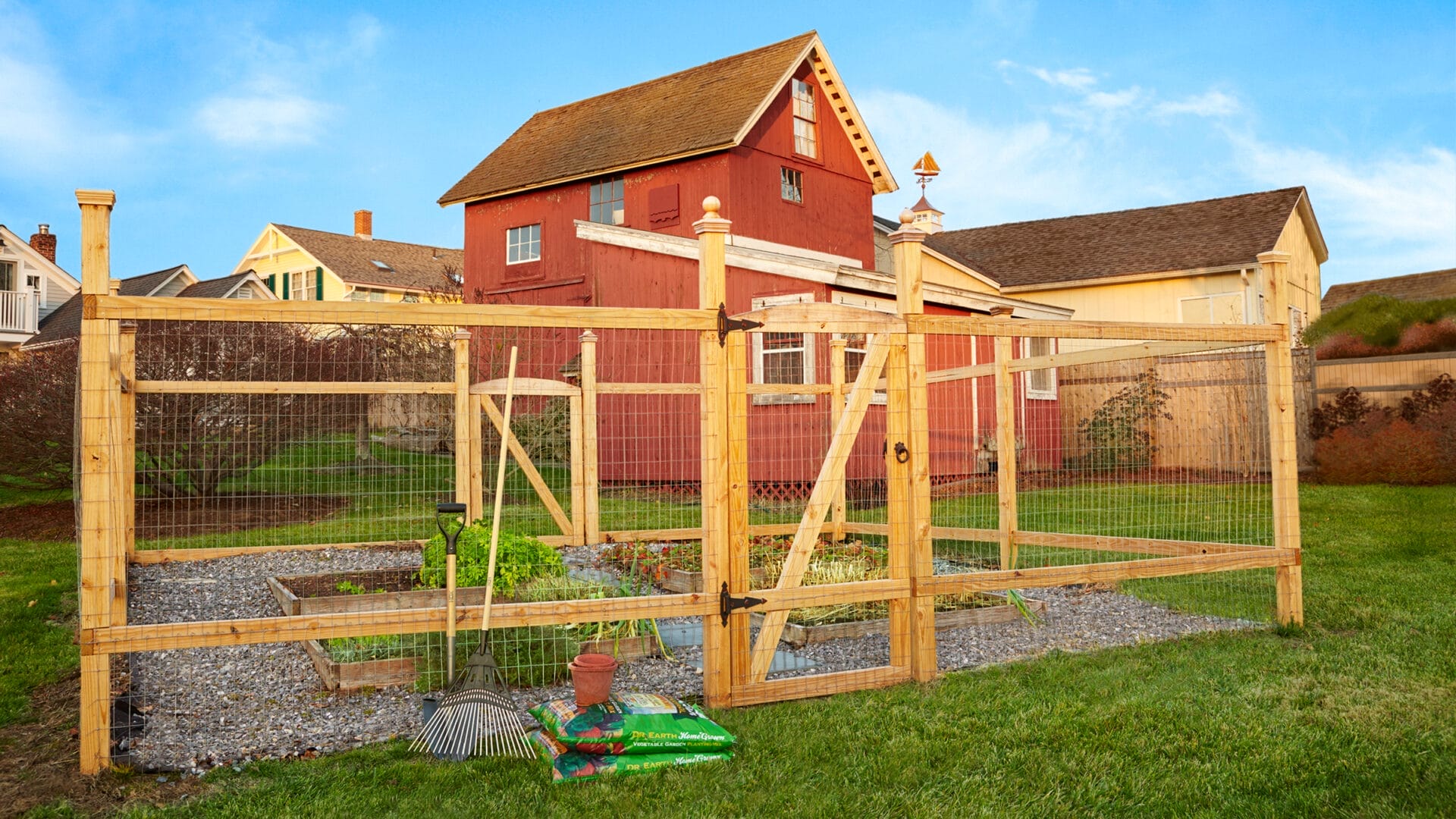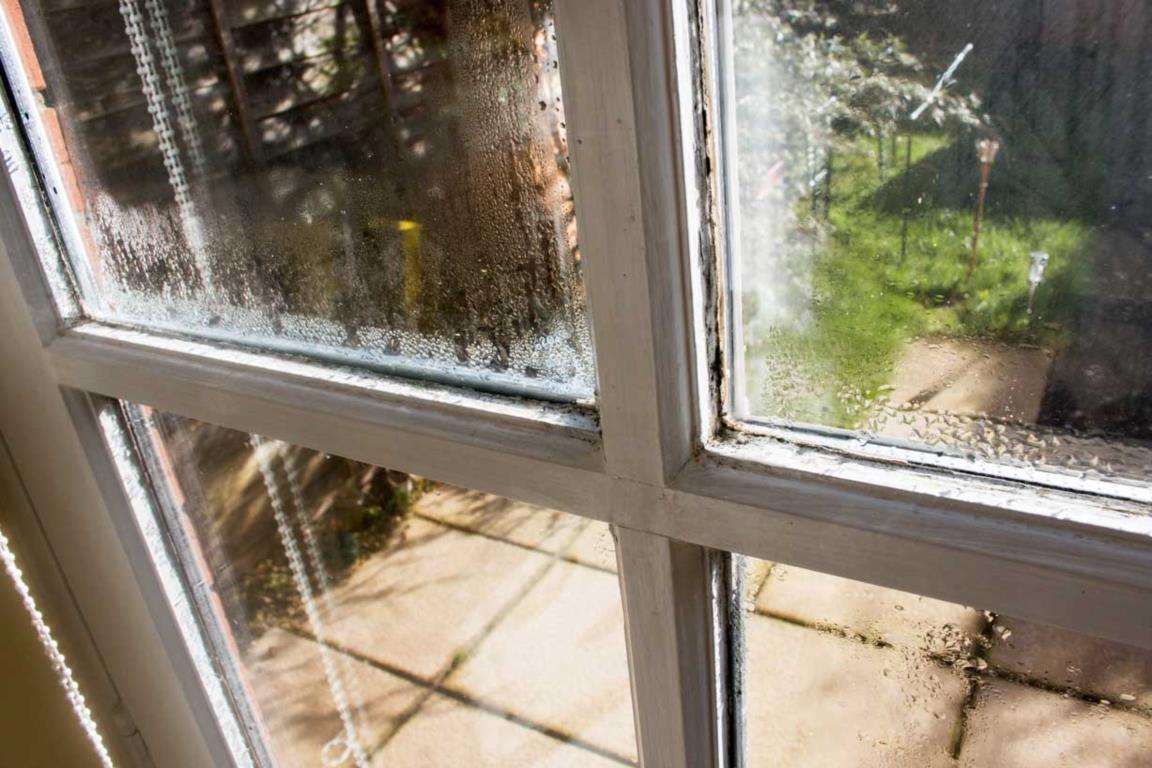Master the Art of Bidding: Win Your Dream Home at Auction buying a home at auction is like navigating a tempestuous sea: exhilarating, high-stakes, and brimming with potential. Dressed in anticipation, bidders clutch their paddles, hearts thrumming. Yet, without a compass, even the most intrepid can founder. This guide decodes how to bid at a house auction—from foundational prep to advanced tactics—arming you with the savvy to claim your dream home without capsizing your budget.

Why Choose a House Auction?
Flash Sales with Hidden Gems
Traditional real estate listings can languish for months. Auctions compress that timeline into a heartbeat. Properties often debut at aggressive opening bids. Risk-tolerant buyers can unearth undervalued homes, perhaps tucked-away fixer-uppers with latent potential.
Transparent Pricing Dynamics
Unlike sealed bids shrouded in opacity, auction bidding unfolds in real time. Each raise is public, each heartbeat of hesitation visible. This clarity curtails behind-the-scenes haggling and gives bidders a candid market barometer.
Adrenaline and Finality
When the gavel falls, the deal is sealed. No protracted negotiations. No second-guessing. The immediacy injects adrenaline—and that rush can translate into decisive, strategic bids.
The Landscape of House Auctions
Types of Auctions
- Absolute Auctions: No minimum bid. Property sells to the highest bidder, period.
- Reserve Auctions: Seller sets a hidden reserve price. If bids don’t meet it, the property can be withdrawn.
- Sealed Bid Auctions: Bidders submit confidential offers by a deadline; highest offer wins.
- Online Auctions: Virtual paddle-raising, often with extended bidding windows.
Common Auction Venues
- County Courthouses and Tax Sales: For delinquent property tax liens.
- Bank Foreclosure Auctions (REO): Held by trustees or bank-appointed houses.
- Specialty Auction Houses: Featuring estate liquidations and luxury homes.
- Online Platforms: Real estate aggregators hosting nationwide listings.
Pre-Auction Preparation
1. Research and Reconnaissance
- Compile Auction Calendars: County websites, auction-house newsletters, and online portals.
- Map Your Target Areas: Use GIS tools to flag flood zones, easements, and environmental risk areas.
- Drive-By Surveys: Scout neighborhood vibe, parking logistics, and curb appeal.
2. Title and Lien Investigation
No buyer wants clandestine encumbrances. Commission a title company to unearth:
- Outstanding Liens and Judgments
- Easements and Rights of Way
- Covenants and Restrictions
Uncommon terminology: treat each title report as a synecdoche of latent obligations—one document representing myriad legal intricacies.
3. Physical and Virtual Inspections
- Open-House Walkthroughs: When permitted, inspect interiors, roofs, and foundations.
- Drone and 3D Tours: For remote auctions, leverage virtual walkthroughs.
- Specialist Reports: Structural engineers, environmental assessors, or historic-preservation experts for period properties.
4. Market Comps and Valuation
Gather at least three comparable sales within a one-mile radius. Use hedonic regression techniques to adjust for:
- Square footage
- Lot size
- Renovation needs
- Neighborhood amenities
This empirical validation anchors your maximum bid in data rather than hope.
Financial Foundations
Calculating Your “Yes” Price
Your maximum bid must encompass:
Hammer Price + Buyer’s Premium + Closing Fees + Renovation Reserves + Holding Costs
Tip: Pad renovation reserves by 15–20% to buffer against hidden defects.
Assembling Proof of Funds
Most auctions demand a deposit—typically 5–10% of the opening bid—in certified funds. Prepare:
- Cashier’s Checks or Wire Transfers
- Pre-Approval Letters from lenders or statements for cash offers
- Bidder Registration Packets signed and notarized, if required
Financing Strategies
- Cash Purchases: Simplify approvals but tie up liquidity.
- Hard-Money Loans: Bridge funding for flips; high interest but swift.
- Bridge Loans: Short-term financing until permanent mortgage closes.
Select instruments that align with your timeline and risk appetite.
Mastering the Auction Venue
Registration and Orientation
Arrive early. Photocopy IDs. Secure your bidder paddle or online credentials. Review the Conditions of Sale meticulously—bid increments, buyer’s premium, settlement deadlines, and deposit forfeiture clauses.
Understanding Auctioneer Cadence
Auctioneers employ rhythmic calls to signal bidding stages:
- Opening Lot: Sets momentum.
- Bidding Dance: Quick succession of increments.
- “Going, going”: Indicates final calls.
- Gavel Strike: Seals the transaction.
Learn their tempo. Adapt your raises to avoid being cornered in the final crescendo.
Auction Day Logistics
- Dress Comfortably but Smartly: You want to be unencumbered but professional.
- Stay Hydrated and Energized: Auction days stretch on; pack water and snacks.
- Plan Exit Routes: Whether winning or walking away, know the nearest parking and transit options.
Tactical Bidding: how to bid at a house auction
Early Bird vs. Sniper
- Early Bird: Place a confident opening bid to project seriousness and deter weak contenders.
- Sniper: Lie low, then deliver a decisive raise in the closing moments—especially effective in auctions with extended bid windows.
Anchoring Effects
Psychological anchoring occurs when initial bids set mental price baselines. A bold first raise can shift competitors’ valuation:
Jump $20,000 instead of $5,000 to reset the auction’s psychological fulcrum.
Bid Increments and Timing
Auctioneers set minimum increments. Observe:
- Micro Increments: Signify casual participation or shill bidding.
- Macro Increments: Convey dominance and can psych out rivals.
Primary tactic: match increments to crowd density and auctioneer speed, then escalate strategically.
Proxy and Automated Bidding
- Authorized Proxy: A trusted agent who bids on your behalf under your ruleset.
- Autobid Functions (Online): System places bids up to your pre-set ceiling, eliminating emotional overshoots.
These tools enforce discipline and shield you from impulse bids in the heat of the moment.
Emotional Discipline
Auctions can trigger adrenaline and fear-of-missing-out (FOMO). Counteract with:
- Predefined Hard Cap: Your walk-away price, non-negotiable.
- Breathing Techniques: Anchor breathing to quell the adrenaline cascade.
- Silent Focus: Mentally detach from competitor body language and concentrate on your valuation metrics.
Advanced Strategies
Reading the Room
In person, scan body language: clenched fists, darting glances, hesitations. Online, monitor bid timestamps and chatroom chatter for signs of bidder fatigue or hesitancy.
Coalition Bidding
Form alliances with fellow investors to share intel and pool efforts for adjacent lots. Negotiate pre-auction terms: equity splits, lead bidder roles, and exit strategies to avoid post-auction disputes.
Pre-Auction Offers
In reserve auctions, sellers sometimes entertain sealed pre-auction bids. Submit a confidential offer at or slightly above expected market value to bypass competitive bidding entirely.
Time-Shifted Online Auctions
Some platforms host rolling auctions over days. Monitor live bid feeds across time zones. Exploit lulls during off-peak hours to secure properties at quieter moments.
Post-Auction Protocol
Immediate Next Steps
- Deposit Settlement: Wire the remainder of the deposit by the stipulated deadline.
- Contract Execution: Sign purchase agreements and escrow instructions.
- Title Recording: Ensure deed is recorded with the county recorder’s office.
Failure to comply promptly can trigger deposit forfeiture or legal action.
Renovation and Exit Planning
- Green Retrofits: Solar panels, high-efficiency HVAC, EV charging stations—boost both sustainability and resale value.
- Smart Home Upgrades: Automated lighting, security systems, and thermostats attract tech-savvy buyers.
- Biophilic Design: Indoor greenery and natural light strategies that resonate with wellness trends.
Communicate timelines and budgets clearly to contractors to prevent cost overruns and delays.
Refinancing or Resale
- Refinance: Lock in a favorable mortgage rate, optimize your capital structure, and potentially withdraw equity for further investments.
- Flip: If market conditions align, list at a premium—leverage period authenticity or modern upgrades.
- Hold and Rent: Generate cash flow by positioning the property in the rental market with professional management.
Case Studies: From Novice to Victor
The Riverside Revival
A neglected Craftsman bungalow listed at a county tax sale launched at an opening bid of $75,000. The winning bidder, an investment syndicate, utilized how to bid at a house auction tactics: early bird strategy, title diligence, and proxy bidding. After a $50,000 renovation, the property sold for $185,000 within nine months, netting a 40% IRR.
The Urban Loft Sniper
In a metropolitan REO auction, a loft’s opening bid sat at $300,000. A seasoned bidder held off until the final ten seconds, then executed a decisive $25,000 raise. By leveraging sniper acuity and in-depth comp analysis, they secured the lot at $325,000—20% below market—and now enjoy 8% annual rental yields.
The Future of Auction Bidding
AI-Driven Auction Analytics
Emerging platforms harness machine learning to forecast winning bid ranges, optimal increments, and competitor profiles. By integrating data science heuristics, bidders can calibrate strategies with unprecedented precision.
Blockchain for Title Transparency
Pilot programs in select counties are recording deeds on immutable ledgers—eliminating chain-of-title ambiguities and expediting transfers. This zeitgeist of digital conveyancing promises smoother, lower-risk closings.
Virtual Reality Previews
Immersive VR walkthroughs enable hyper-realistic inspections of remote properties. Prospective bidders can navigate floor plans, examine finishes, and even simulate daytime versus nighttime lighting—all from their living room.
Mastering how to bid at a house auction melds art and science: rigorous preparation, disciplined strategy, emotional discipline, and a dash of daring. From deciphering auctioneer cadences to deploying sniper bids in digital arenas, each tactic refines your competitive edge. Embrace uncommon terminology, leverage advanced analytics, and prioritize comprehensive due diligence. With this blueprint in hand, you’re poised not just to raise your paddle—but to secure the keys to your dream home. Ready to step into the auctioneer’s arena? Your victory awaits!







